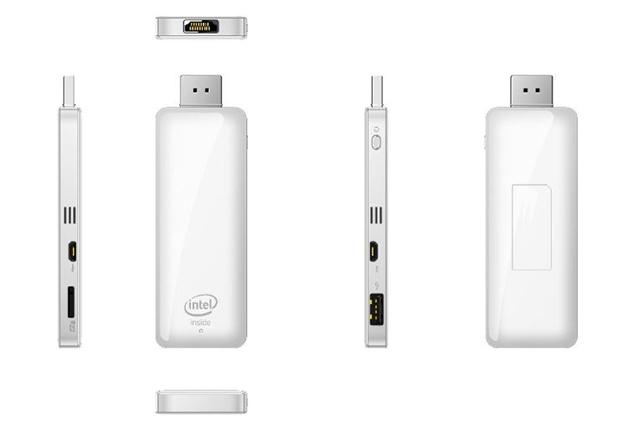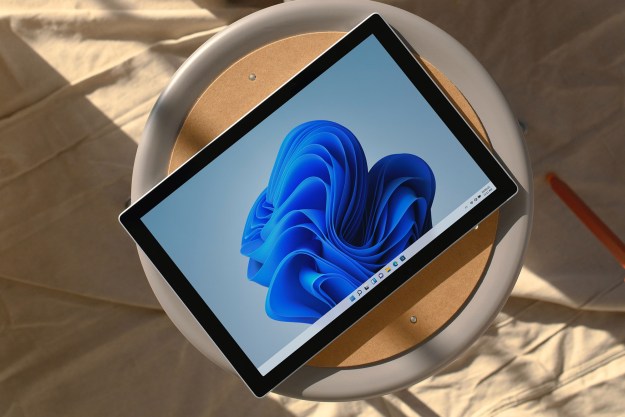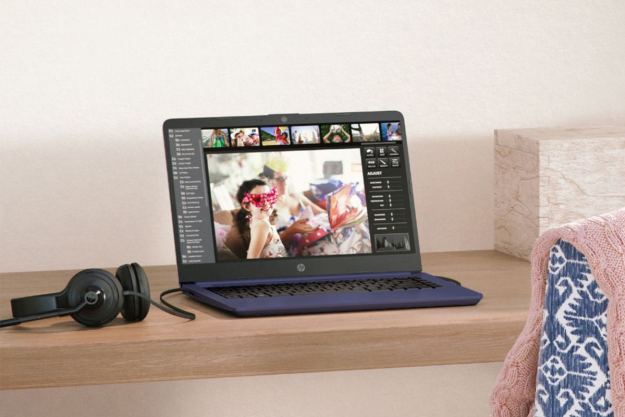
There’s ridiculous and then there’s outrageous, however. Computer World reports that during its latest Santa Clara investor conference, Intel brought an innocent-looking flash drive on stage that aims to “borrow” the ingenious concepts behind Amazon’s Fire TV Stick or Google’s Chromecast — and take them to the next level.
At the moment, Intel’s “stick PC” is probably very much a work in progress. Otherwise, the processor maker would have detailed it a little instead of just revealing vague features and capabilities. But it could definitely see daylight in 2015, and accommodate Windows in the tiniest package ever.
Could it be a Windows PC in a stick, however? We’re speculating, of course, as Intel senior VP Kirk Skaugen merely compared the prototype with Dell’s Wyse Cloud Connect, saying it would plug into the HDMI port of a TV or monitor “and bring intelligence to that.” Surely, Intel isn’t thinking of flashing Android onto the stick PC, as Dell did with the Cloud Connect? Probably. Hopefully not, though. Don’t do it, Intel, it’d be extremely disappointing.
The million-dollar question is how much horsepower could one shoehorn into a thumb-sized computer? And storage? You need a lot of it for Windows 8.1. Most Android-based dongles barely carry dual-core, low-power ARM chips, 512MB or 1GB RAM, and 8GB internal space.
Meanwhile, the Fire TV Stick and Chromecast are even more rudimentary, acting squarely as pee-wee media streaming players with little brains or muscle of their own. Bottom line, we applaud Intel’s initiative, but perhaps you should keep your expectations low. It seems unlikely a 4.0 × 1.5 × 0.5 inch drive will completely replace your primary PC anytime soon.


